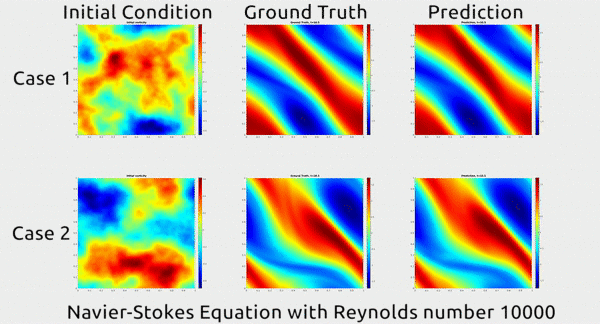https://www.wired.com/story/accessibility-video-games-ablegamers
When Mark Barlet realized there weren’t many gaming resources available for a friend with multiple sclerosis, he and Stephen Spohn helmed a solution that would change countless lives. They created AbleGamers and turned a personal mission into a global vision of video game accessibility for all.
“AbleGamers hasn’t followed any path. We’ve created our own,” Spohn said. He’s AbleGamers’ COO and has spinal muscular atrophy, which attacks his muscles and limits movement from the neck down. “We entered an industry with a bunch of staircases and brought our own ramps.”
Spohn said the “secret sauce” of AbleGamers is to “do as much good as we possibly can.” That’s a tall order when you consider there are 46 million people with disabilities in the United States alone, according to Spohn.
AbleGamers’ impact on the disabled gaming community isn’t always well publicized. In 2011, they unveiled the Adroit Switchblade, an accessible controller. Years later, Microsoft took notice, saw the controller’s potential and worked with AbleGamers in secret to create its spiritual successor, the Microsoft Xbox Adaptive Controller (XAC). This controller is a household staple for people with disabilities and is much more affordable than the Switchblade.
According to Brannon Zahand, Senior Gaming Accessibility program manager at Microsoft, this new controller was the key to breaking down the “unintentional barrier” that kept people from playing games. Along with AbleGamers, Microsoft worked with multiple organizations, including the Cerebral Palsy Foundation, to provide “an effective, customizable solution for gamers with limited mobility.”
AbleGamers offers Accessible Player Experiences, an intensive certification course to design games with an eye for accessibility. Every achievement within AbleGamers came from “sheer determination and will.” They support innovative, specialized controllers and give them to gamers in need.
The Microsoft gaming accessibility boot camp is another route to create games for everyone, not just those who are able-bodied. Xbox accessibility guidelines are available to developers to “provide guardrails when developing their game and as a checklist for validating the accessibility of their title,” Zahand said.
“Game accessibility advocates, subject matter experts, and community members present to our teams on a variety of topics such as inclusive design best practices and various assistive technologies that can be leveraged by our products,” Zahand said.
Overcoming Visible and Invisible Hurdles
Alanah Pearce credits video games with helping her through severe effects of myalgic encephalomyelitis (ME) and tendinitis, including dizziness, joint pain, headaches, and nausea.
“There are days where getting out of bed ultimately isn’t an option, and it can be very frustrating, but video games are always an option for me, and always help me feel like I’m still able to ‘do’ something,” Pearce said.
She plays through her pain, often limiting her gameplay to an hour due to her tendinitis causing swelling after rapidly tapping a controller. She said advances in games like Naughty Dog’s The Last of Us Part 2 (TLOU2) and the Microsoft XAC are great, but options are extremely limited.
“Largely, developers look at accessibility as an afterthought, so the limitations are self-imposed,” Pearce said. “I suppose it becomes too time-consuming at the end of a development cycle to implement accessibility options, where they should be in consideration from the very beginning.”
Zahand’s team is striving to accomplish this. During Inclusive Design Sprints, gamers with disabilities chat with Microsoft developers and share their experiences with playing video games.
“Accessibility must be considered in product design from the very start,” Zahand said. “For game developers and studio teams, we emphasize the importance of partnering with the gaming and disability community throughout the development process.”
Mike Begum, aka “Brolylegs,” has also adapted to the limits of inaccessible gaming. He has arthrogryposis, a condition that limits muscle growth. He stays mobile by using a special wheelchair so he can lie on his stomach.
He’s mastered fighting games like Street Fighter by using an arm and parts of his face to manipulate a controller. Begum has used this technique since childhood and has traveled all over the country for esports competitions. Traveling by air could be especially painful, but he loves it.
via Wired Top Stories https://ift.tt/2uc60ci
October 29, 2020 at 06:09AM




